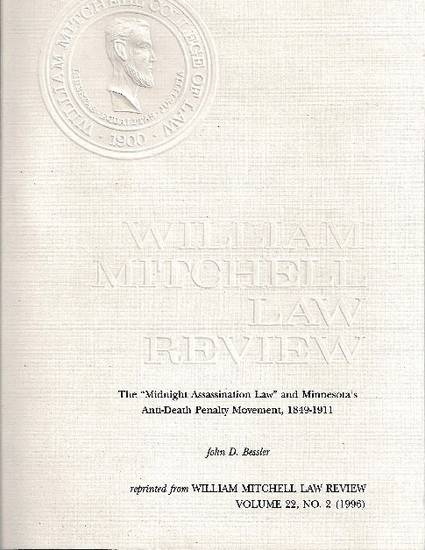
This article traces the history of Minnesota's anti-death penalty movement and the 1889 Minnesota law - dubbed by contemporaries as the "midnight assassination law" - requiring private, nighttime executions. That law, authored by Minnesota legislator John Day Smith, restricted the number of execution spectators, prohibited newspapers from printing any execution details, and provided that only the fact of the execution could be lawfully printed. Also commonly referred to as the "John Day Smith law," this Minnesota statute was challenged as being unconstitutional by Minnesota newspapers after those newspapers printed details of a botched hanging and were charged with violating the law. The article discusses how Minnesota's "midnight assassination law" affected the state's abolitionist movement and influenced America's death penalty debate. In particular, the article recounts how two court decisions upholding the constitutionality of the law - one by the Minnesota Supreme Court and one by the United States Supreme Court - contributed to the rise of private, nighttime executions in America.
